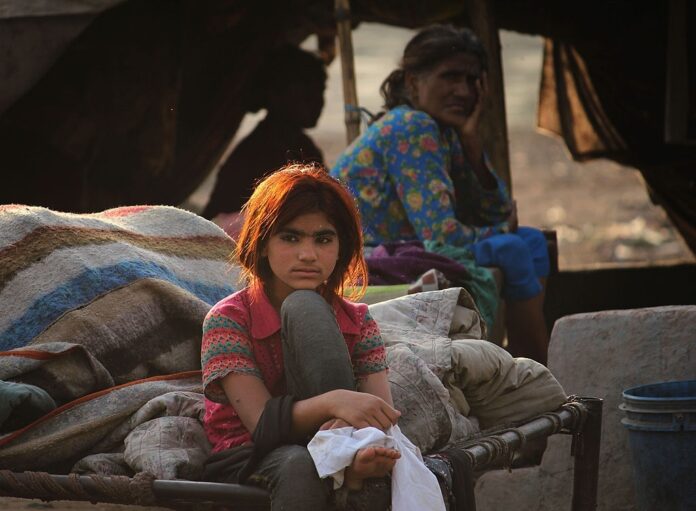UNITED NATIONS: Three-quarters of children in South Asia are already facing dangerously high temperatures, the highest level worldwide, as the impact of climate change grows, the United Nations warned Monday.
About 460 million children are exposed to extreme heat in South Asia, or 76 percent of children, compared to a third of children globally, the United Nations children’s agency said.
“With the world at global boiling, the data clearly show that the lives and well-being of millions of children across South Asia are increasingly threatened by heat waves and high temperatures,” said Sanjay Wijesekera, UNICEF Regional Director for South Asia.
The UN warns children in Afghanistan, Bangladesh, India, Maldives and Pakistan are at “extremely high risk” of the impacts of climate change, defining extreme high temperatures as 83 or more days in a year over 35 degree Celsius (95 degree Fahrenheit).
Children cannot adapt as quickly to temperature changes, and are not able to remove excess heat from their bodies.
“Young children simply cannot handle the heat,” added Wijesekera.
“Unless we act now, these children will continue to bear the brunt of more frequent and more severe heatwaves in the coming years.”
About 1.2 degrees Celsius of global warming since the late 1800s, driven by the burning of fossil fuels, has made heatwaves hotter, longer and more frequent, as well as intensifying other weather extremes such as storms and floods.
July was the hottest month ever recorded globally, with searing heat intensified by global warming affecting tens of millions of people in parts of Europe, Asia and North America.
Scientists say the world will need to adapt to the heat and other impacts already caused by emissions — and that carbon pollution must be slashed dramatically this decade to avoid worse in the future.






















